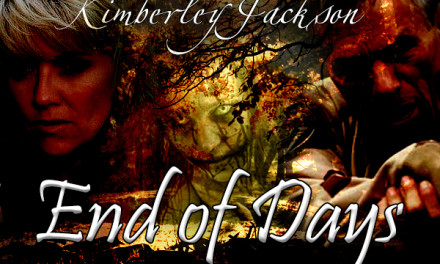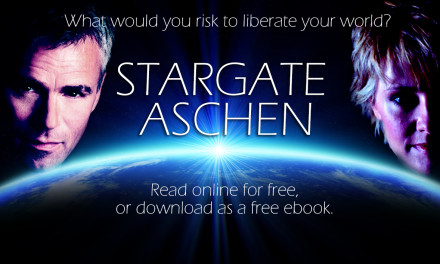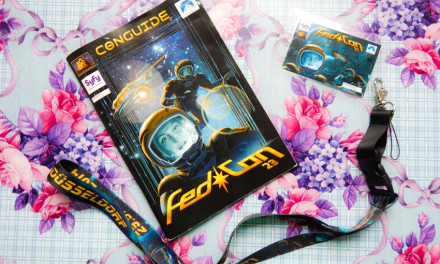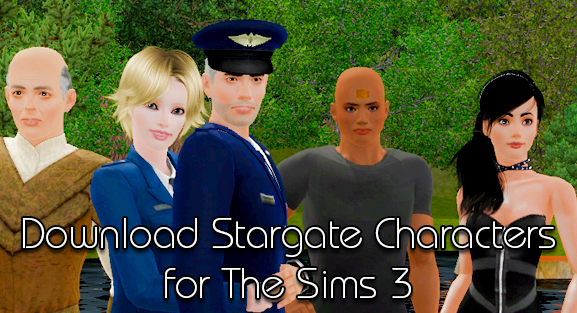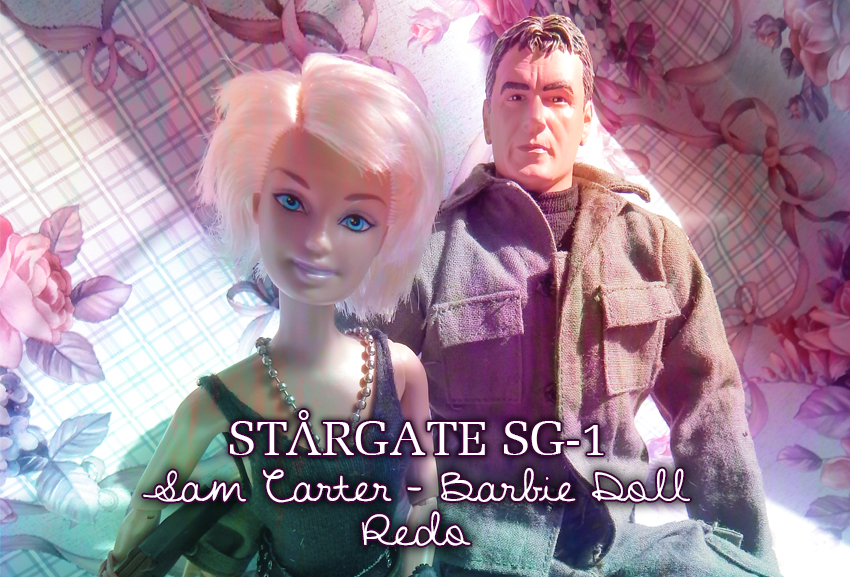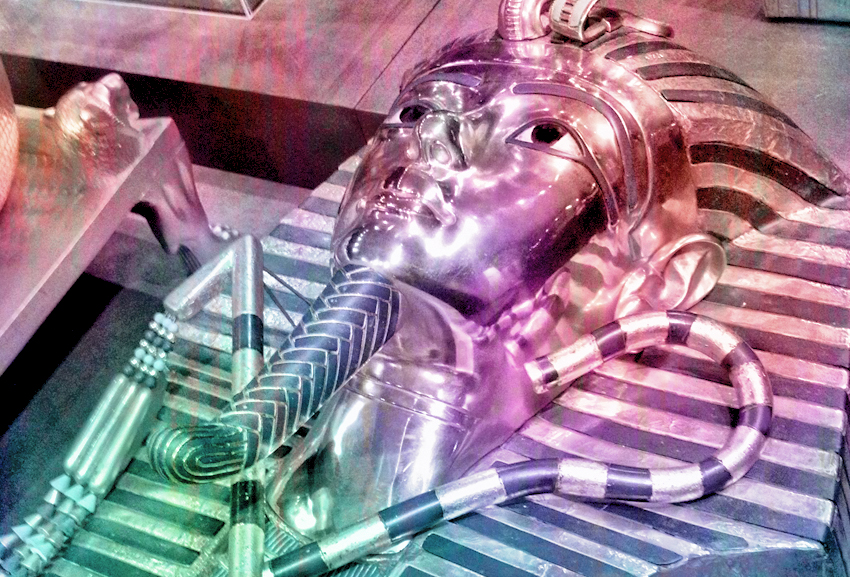
It has been a while already that I visited the exposition “Tutankhamun – His Tomb and Treasures”, which resided in Berlin for about 6 months in 2013 (from March til September). I went there last August, and to be honest, I didn’t expect much.
When I first learned that there would be an exposition of Tutankhamun’s treasures, I was excited, because ever since I studied Egyptology for two semesters, that was the one thing I knew I wanted to see. So I bought the ticket hurriedly, worried that it would be sold out quick.
It was only later that I learned that the exposition wouldn’t actually feature the real treasures and mummy. It featured replica. So there went my excitement, because I thought: “Really? Cheap plastic copies?” Therefore, on the day of the exposition I was only mildly excited – still curious, but not as thrilled anymore.
Boy, was I wrong (and I am not above admitting it). The creators of the exposition had put together a program around it! after a rather short introduction in the waiting hall, where visitors could read up on everything surrounding ancient Egypt and its history, the group of visitor’s was led into a small theater room where a movies was shown on a screen. The movie explained the life of Tutanchamun, and his parents Echnaton and Nefertiti, and then went on to detail how the tomb was discovered by Howard Carter in the beginning of the 20th century.
After the introduction, the visitor was led into the next room, where the creators had rebuild the tomb exactly as the archeologists had found it. Now, we had to rely on the audio guides. The guide explained in detail how the archeologists uncovered each treasure and finally found the hidden burial chamber by breaking through a wall. It was incredible. It felt like I was there as the archeologists discovered the tomb, living with them through the excitement of finding the hidden chamber and discovering the treasure.
After the ‘discovery’ of the chambers, the visitors could walk into the main exposition area where the most important treasures where laid out to be looked at (and sometimes even touched) by the visitors. Among the most impressive ones was the huge outer sarcophagus which was layered with gold all over its surface. Into all four sides, burial myths had been engraved.
Tutankhamun was buried in 4 sarcophagi all together, and each one was ornamented with stories and passages from the Egyptian book of the dead, retelling about the way the dea Ka (Spirit) of the pharao must take on his way to rebirth. (Pharao was considered a God, son of the sungod himself, and therefore, like the sun, he was constantly reborn, provided that certain burial rituals were performed.)
The most impressive treasure were, of course, the golden inner sarcophagus along with the dead pharao’s pompous headmask, which were exactly copied from the originals. Even the replicas were made from the same materials: pure gold.
Overall, this exposition was very impressive and it never made me regret the money that I spent on it – despite original concerns about the exposition items being replicas. It was enjoyable and is definitely recommended for people of all ages. Even children will find it entertaining due to the shortness of the introductory movies that aren’t overwhelming, as well as the ability to actually touch the exposition items (with exceptions of course).
Anybody interested in ancient Egypt history should watch it.
The exposition is touring all around the world at the moment. Until September 2014 it will be in Kansas City, after touring through Europe for a few years. So it’s an excellent chance for Americans to go watch it now as well.
The official website of the exposition offers a couple of videos to give people who are interested in a visit a little introduction, and a sense of the exposition.


